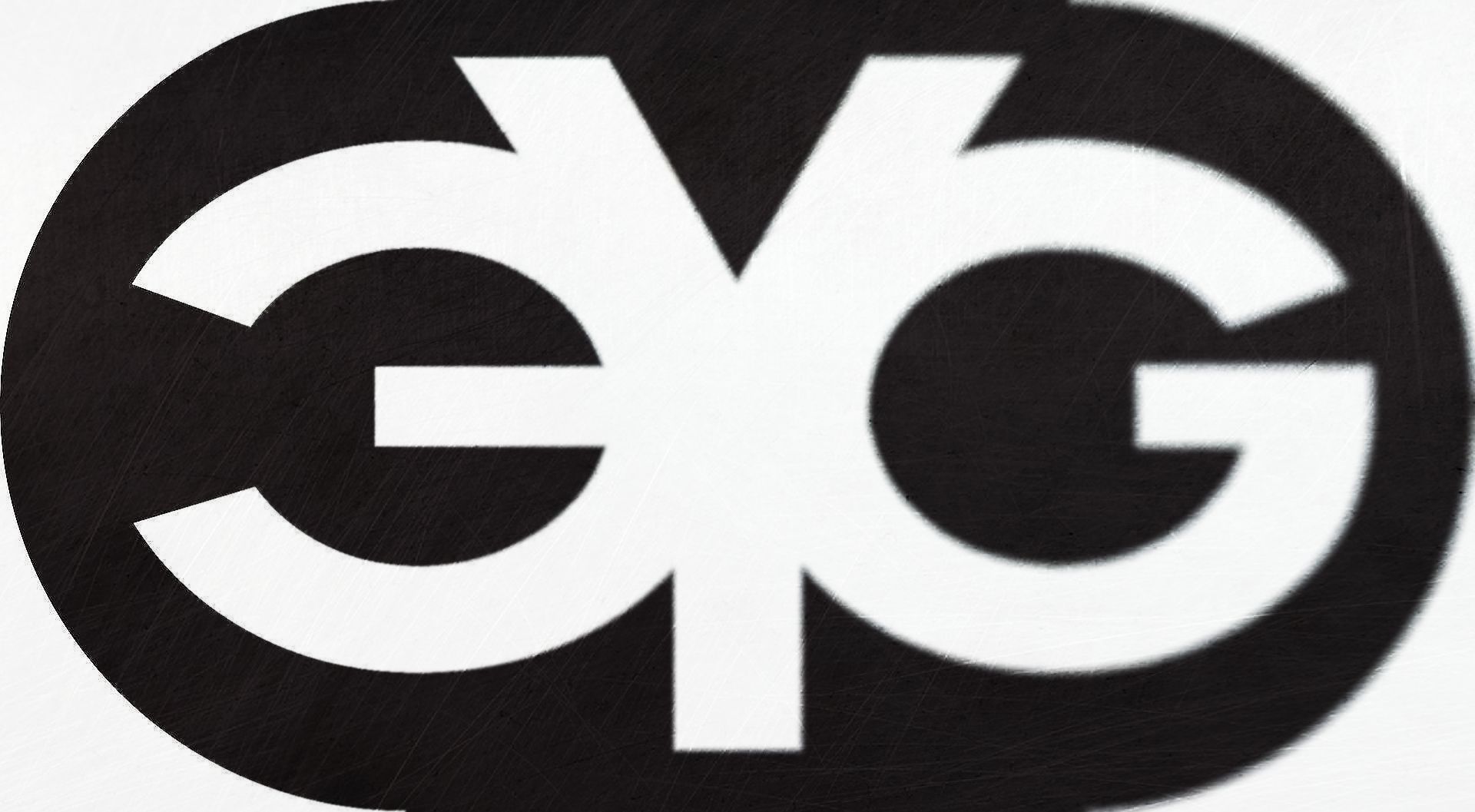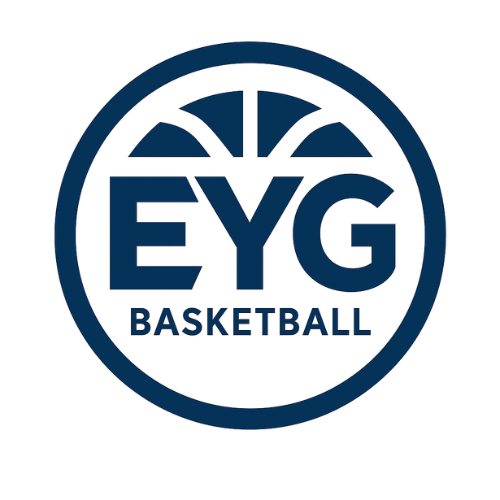Galen Harkness • June 25, 2025
You Say You Want to Be Good… But Are You Training Like It?
We hear it all the time from players:
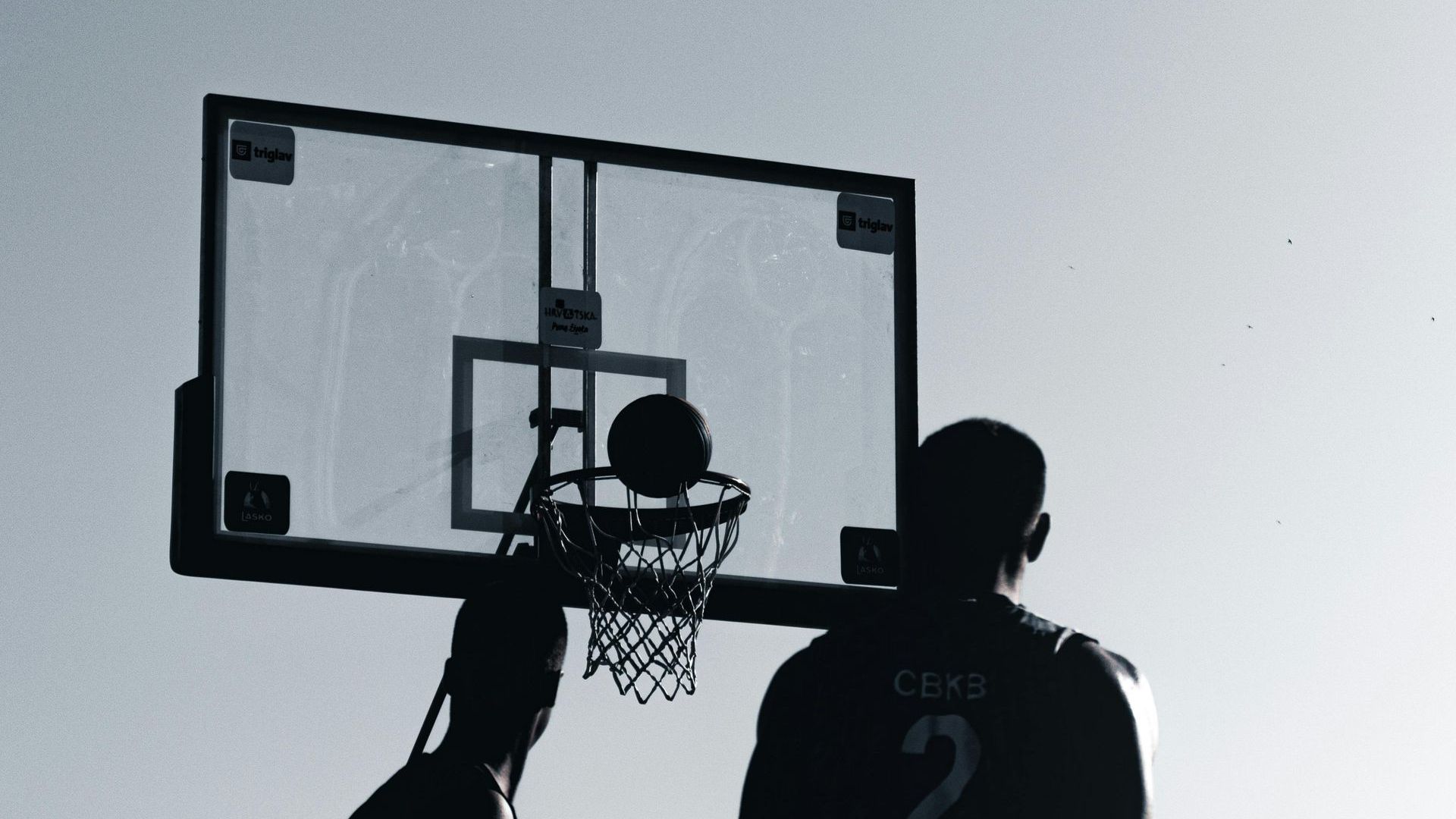
We hear it all the time from players:
“I want to get better.”
“I want to start next season.”
“I want to play in high school or college.”
But when we ask what they’re doing outside of team practice or games, the answer usually sounds like:
“Well… not much right now.”
“I shoot around a little.”
“I’m busy with games.”
This is where the gap is.
Most players say they want to be good.
But few are doing the kind of consistent, focused training that actually helps them improve.
For players:
If you’re in 6th to 11th grade and serious about basketball, here’s the truth:
Skills don’t just show up. You have to build them with smart reps.
Confidence isn’t a mindset trick. It comes from doing the work over and over until you trust yourself in games.
Game results don’t come from games. They come from the work you put in when no one’s watching.
You might think you're too busy, or you’re already working hard. But ask yourself honestly:
Are you training with purpose, on a schedule, and with coaching that pushes you?
If not, you're leaving your growth up to chance.
And chance doesn't win spots, earn minutes, or build confidence.
For parents:
It’s easy to think that “just playing” is enough. That club practices, school games, or workouts here and there will get your son or daughter where they want to go.
But development doesn’t happen on autopilot.
And game time isn’t teaching your athlete the details — it’s testing what they’ve trained.
If your child wants to play high school varsity, contribute in games, or compete at the next level… they need consistent training. The earlier they start, the better prepared they’ll be when the opportunity comes.
Here's how EYG can help when your player is ready:
We offer 3 ways to support committed players:
Camps/Academies
– Focused training events that build specific skills and mindset over a few days.
Large Group Training
– Like our Committed Skills Academy, for players who want to improve ballhandling, shooting, finishing, and basketball IQ in a competitive environment.
Training Memberships
– For the most serious players ready to train consistently and see real growth. These are for players (and families) willing to commit to a structured path.
If your player is ready to get serious — to stop talking about being good and start training to become it — we’re here.
Explore our training options at www.eygbball.com.
For Training Membership details, email us at galen@eygbball.com
-- Only committed players should inquire.

In basketball — and in life — emotions often beat teams more than their opponents do. The price of admission for championship-level performance isn’t talent, size, or even skill. It’s the ability to stay present. The Oklahoma City Thunder live by this. Their championship rings are engraved with “0–0 Mentality.” It’s more than a slogan. It’s a mindset: no matter what happened yesterday, and no matter what’s ahead — the score is always 0–0. That mentality keeps them grounded. Keeps them focused. Keeps them competing in the moment. Why the Present Matters When players start thinking about the future — “What if we win?” — or dwell on the past — “I missed my last shot” — they lose control of what they can actually influence: the next possession . You can see it in how OKC plays. They don’t play the score. They play possessions. They don’t chase stats. They chase standards. They train this discipline daily — one rep, one drill, one decision at a time. It’s not flashy. It’s not emotional. But it builds something powerful: consistency . The EYG Way At EYG, we teach this same principle. Whether it’s a 3rd grader learning to dribble or a high school player chasing a roster spot, the goal is the same — stay locked into the moment right in front of you. That means: Don’t rush the process. Don’t replay the mistake. Don’t drift into the “what ifs.” Just do the next thing well. The players who learn to focus on this rep, this drill, this shot, are the ones who grow faster, play freer, and perform better when it matters most. How to Train Presence Being present isn’t natural — it’s trained. Here’s how we build it into our workouts and mindset training: Reset after every rep . Miss or make, move on. Focus on controllables. Effort, attitude, and attention. Start every session at 0–0. Yesterday doesn’t count. End each session reflecting on what you did well — not just what went wrong. Over time, this mindset compounds. You start to control your emotions instead of being controlled by them. Final Thought When the game’s on the line, pressure doesn’t decide who wins — presence does. The players who can breathe, focus, and compete in the moment… are the ones who keep stacking success, one possession at a time. At EYG, that’s what we train for — to stay grounded, stay focused, and keep the score 0–0 . How EYG Basketball Can Help Our training programs are built around teaching focus, discipline, and game-ready confidence — not just drills. If your son or daughter wants to improve their skills and their mindset, explore our upcoming programs at eygbball.com. Every rep has a purpose. Every session builds belief. Every player learns to play — and live — with a 0–0 mentality.
